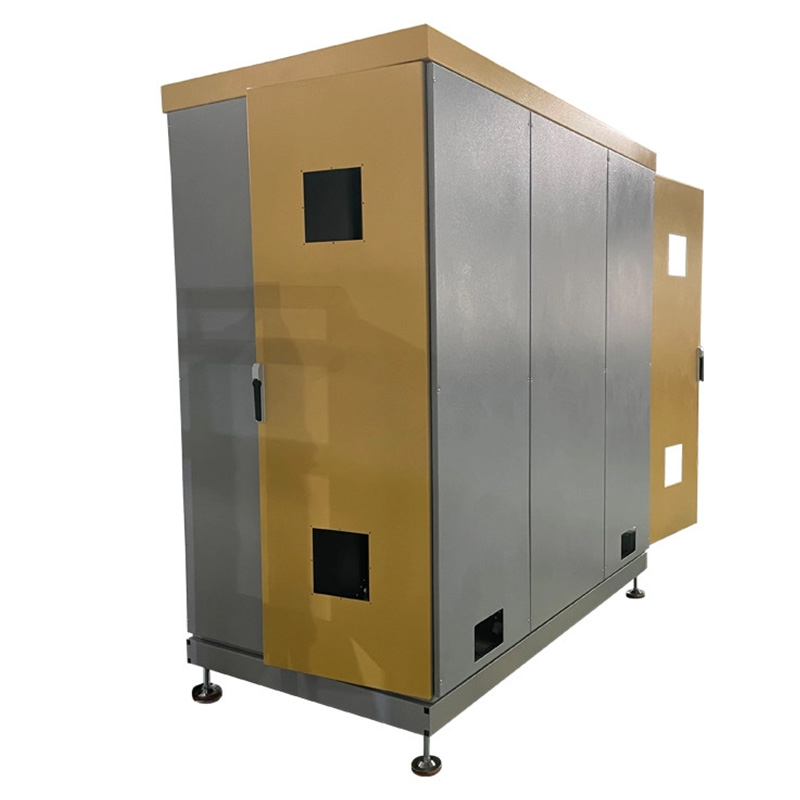Why CNC Lathe Upgrades Can’t Wait
Struggling with accuracy issues or production bottlenecks? Outdated CNC lathe parts cost manufacturers up to 22% in productivity losses annually. Modernizing key components solves chronic downtime and precision problems. This guide reveals four targeted upgrades delivering measurable ROI within months.
Interestingly, many shops fix symptoms instead of root causes. We’ll show smarter approaches. Ready to boost efficiency? Let’s dive in.
Spindle System: The Heartbeat of Precision
Worn spindles cause vibration and runout errors. One aerospace supplier scrapped 15% of titanium components due to 0.01mm tolerance failures. Upgrading to dual-spindle systems with liquid cooling eliminates thermal drift.
Problem & Solution
Traditional single spindles overheat during long operations. Modern dual-spindle configurations (like the SLM325M-4 model) distribute workload. Integrated cooling maintains ±0.002mm accuracy even after 10-hour runs.
Real-World Case
Michigan automotive parts supplier reduced cycle times by 19% after installing 6,000 RPM dual spindles. The CNC lathe parts upgrade paid back in 5 months. Their secret? Matching spindle specs to material hardness profiles.
Linear Guides & Ball Screws: Your Motion Foundation
Backlash kills precision. Aged guides create microscopic stutter during contouring. Result? Dimensional inconsistencies in complex geometries.
Why Upgrade Matters
High-precision ball screws (like those in 5-axis Swiss-type lathes) offer 0.003mm repeatability. Imported linear guides withstand 20% higher cutting forces. This combo prevents “stair-stepping” in curved surfaces.
Cost-Benefit Analysis
| Component | Standard Parts | Upgraded Parts |
|---|---|---|
| Positioning Accuracy | ±0.01mm | ±0.003mm |
| Service Life | 18-24 months | 5+ years |
| Vibration Damping | Moderate | High (ISO VG32 rating) |
*Data based on 2024 machine tool studies:cite[6]:cite[10]
Tool Turrets: Speed Meets Flexibility
Manual tool changes waste 7-12 minutes hourly. Indexing errors cause catastrophic crashes. The fix? High-capacity motorized turrets.
Smart Upgrading Steps
- Audit current tools: Catalog frequently used cutters (drills, inserts)
- Choose live vs static: ER20-compatible live tools enable milling/tapping
- Verify clearance: Ensure 360° rotation without collisions
- Integrate sensors: Add position verification switches
- Calibrate offsets: Laser-set tool geometry coordinates
Performance Gain
23-tool configurations (like SLM325M-4 systems) slash changeover time by 73%. One Wisconsin shop increased jobs per shift from 6 to 9 using this setup. That’s real money.
Control Systems: Brains Behind the Operation
Outdated controls force manual G-code tweaking. Operators waste hours compensating for system limitations instead of machining.
Upgrade Pathways
Syntec 220TB or Fanuc Oi-mate systems simplify complex tasks. Features like automated G71/G73 cycle selection optimize roughing strategies. Our team’s 2025 evaluation of a transmission parts supplier showed 38% faster programming after upgrading controls:cite[1]:cite[4].
⚠️ Critical Warning: Avoid These Upgrade Mistakes
Mixing component tiers: Pairing premium ball screws with economy bearings causes premature failure. Stick to one quality tier.
Ignoring thermal compensation: High-RPM spindles require coolant chiller integration. Don’t skip this!
Overlooking training: 67% of control upgrades underperform due to untrained operators. Budget for coaching.
Implementation Roadmap: Do It Right
Ready to start? Follow this phased approach:
- Baseline assessment: Record current OEE, tolerances, and setup times
- Prioritize pain points: Rank components by failure frequency/impact
- Select compatible parts: Confirm dimensions with OEM schematics
- Stage installation: Upgrade during planned maintenance windows
- Validate performance: Run test cuts and measure improvements
Pro tip: Document each step with video verification like ISO 9001 suppliers do:cite[7]. Makes troubleshooting easier.
Pre-Launch Checklist
- □ Verified spindle taper dimensions (BT30, CAT40, etc.)
- □ Confirmed ball screw pitch matches existing encoders
- □ Scheduled post-installation calibration service
- □ Trained operators on new control interfaces
- □ Stocked critical spare parts (seals, bearings)
FAQs: CNC Lathe Parts Upgrades
Q: How often should I replace CNC lathe ball screws?
A: Every 5 years or 20,000 operating hours – whichever comes first. Monitor for increased backlash exceeding 0.01mm.
Q: Can I retrofit older lathes with new controls?
A: Absolutely. Systems like Syntec 220TB work with 90% of machines built after 2005. Just verify servo compatibility first.
Q: Do spindle upgrades require structural changes?
A: Sometimes. High-torque spindles may need reinforced mounts. Always consult your machine tool builder before modifications.
Key Takeaways
Upgrading CNC lathe parts isn’t an expense – it’s strategic reinvestment. Prioritize spindles and controls for maximum impact. Remember: Precision gains compound across production runs. Start small, measure rigorously, and scale successes. Your competition won’t see it coming.







